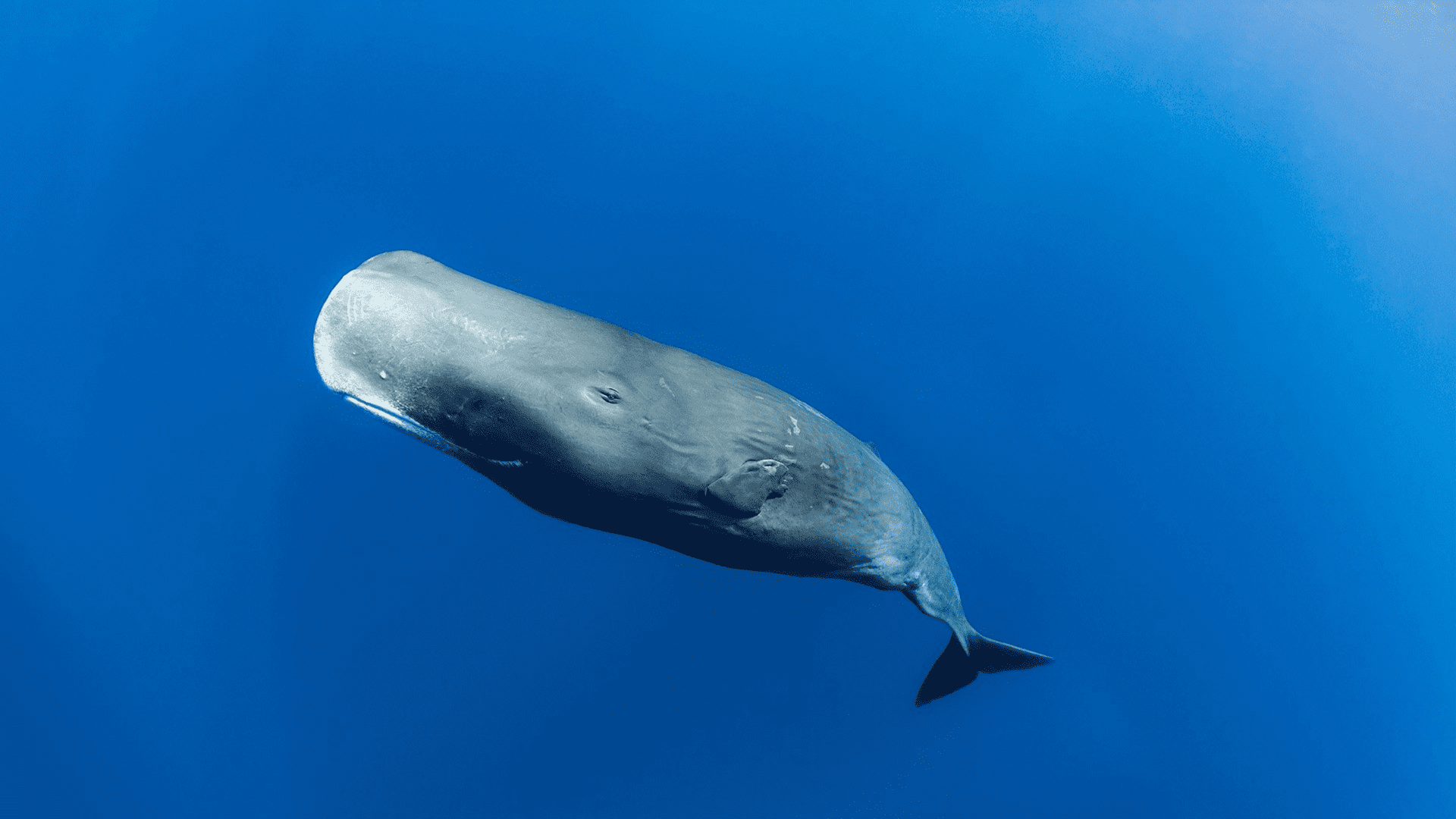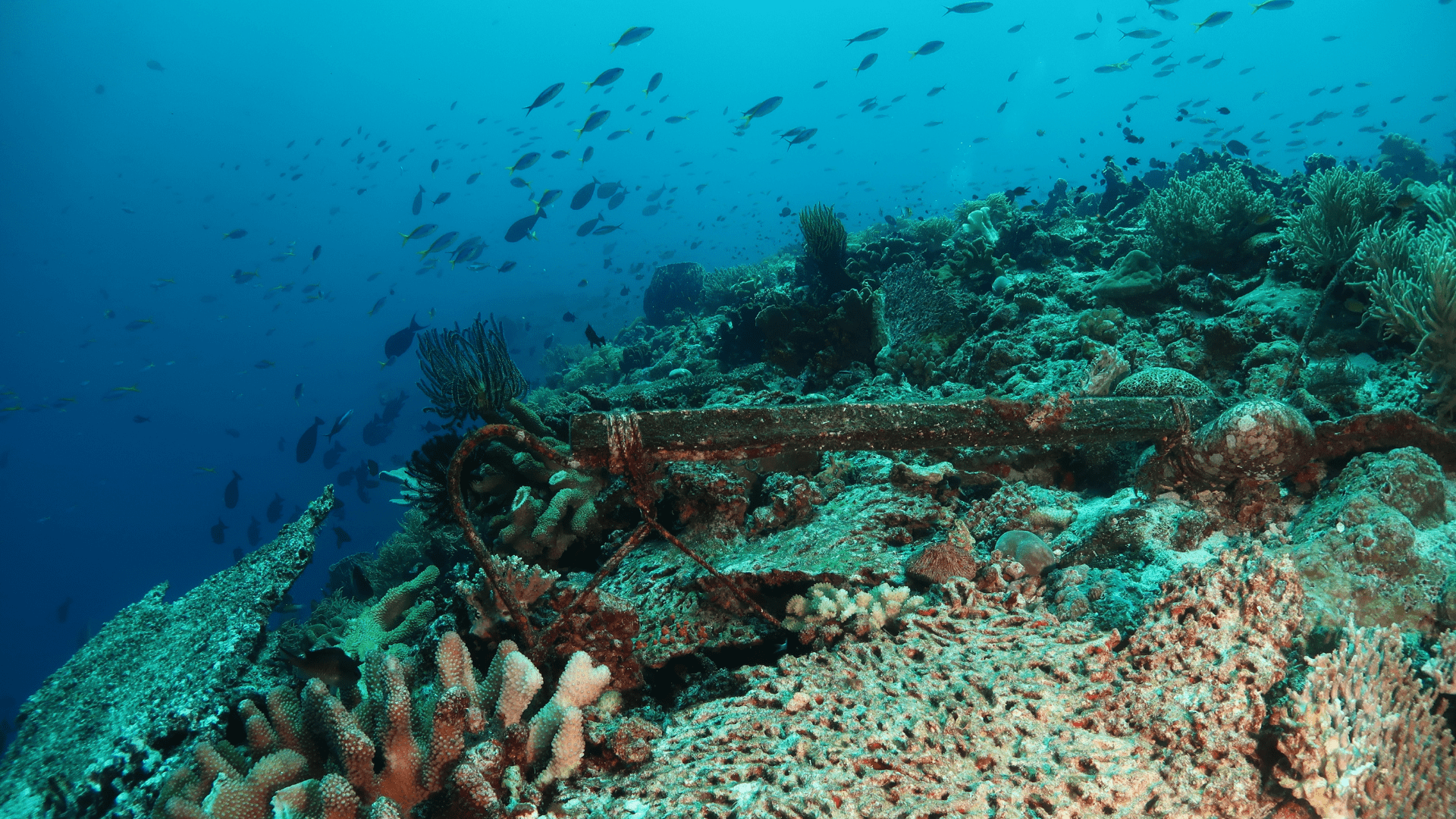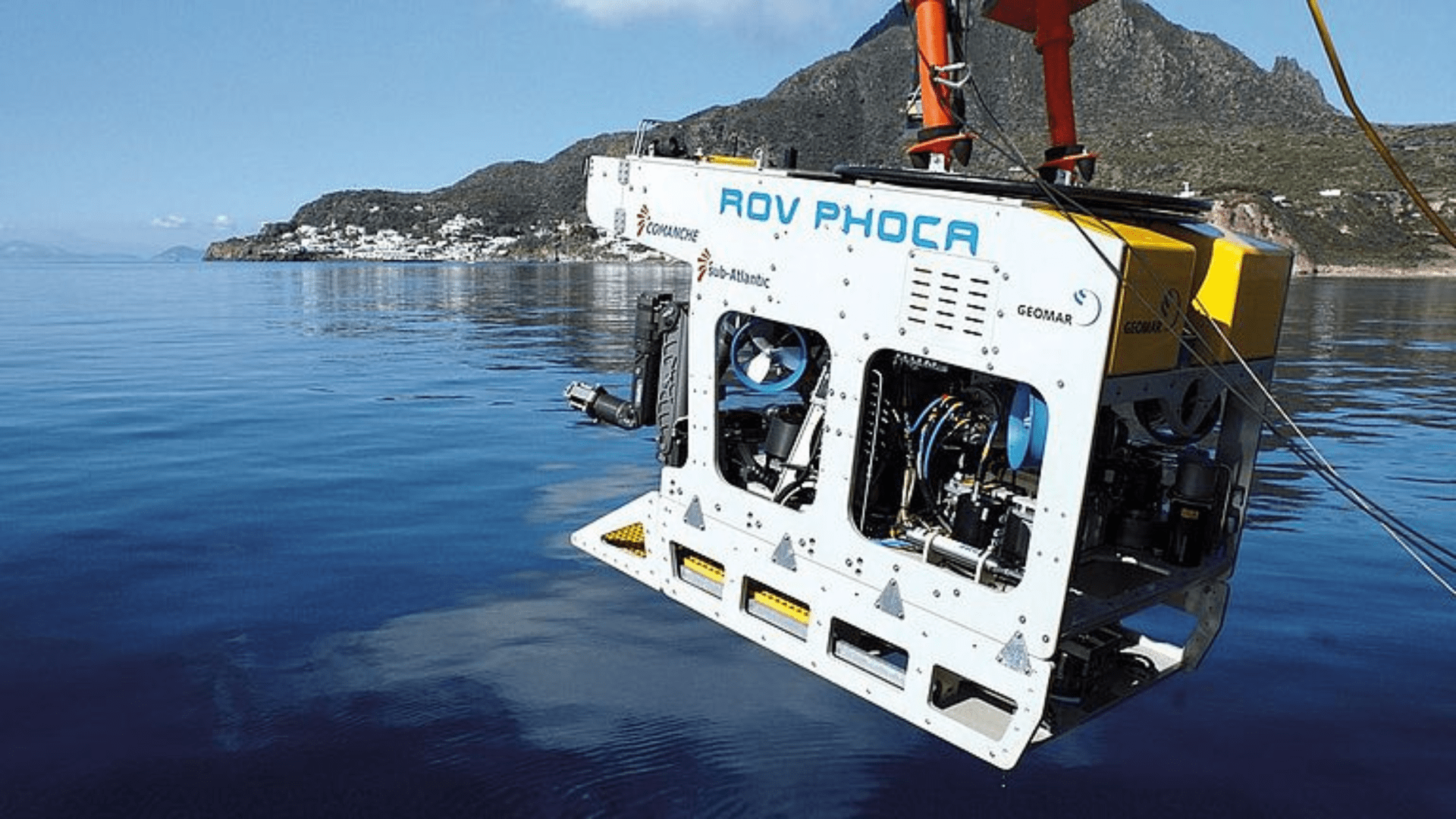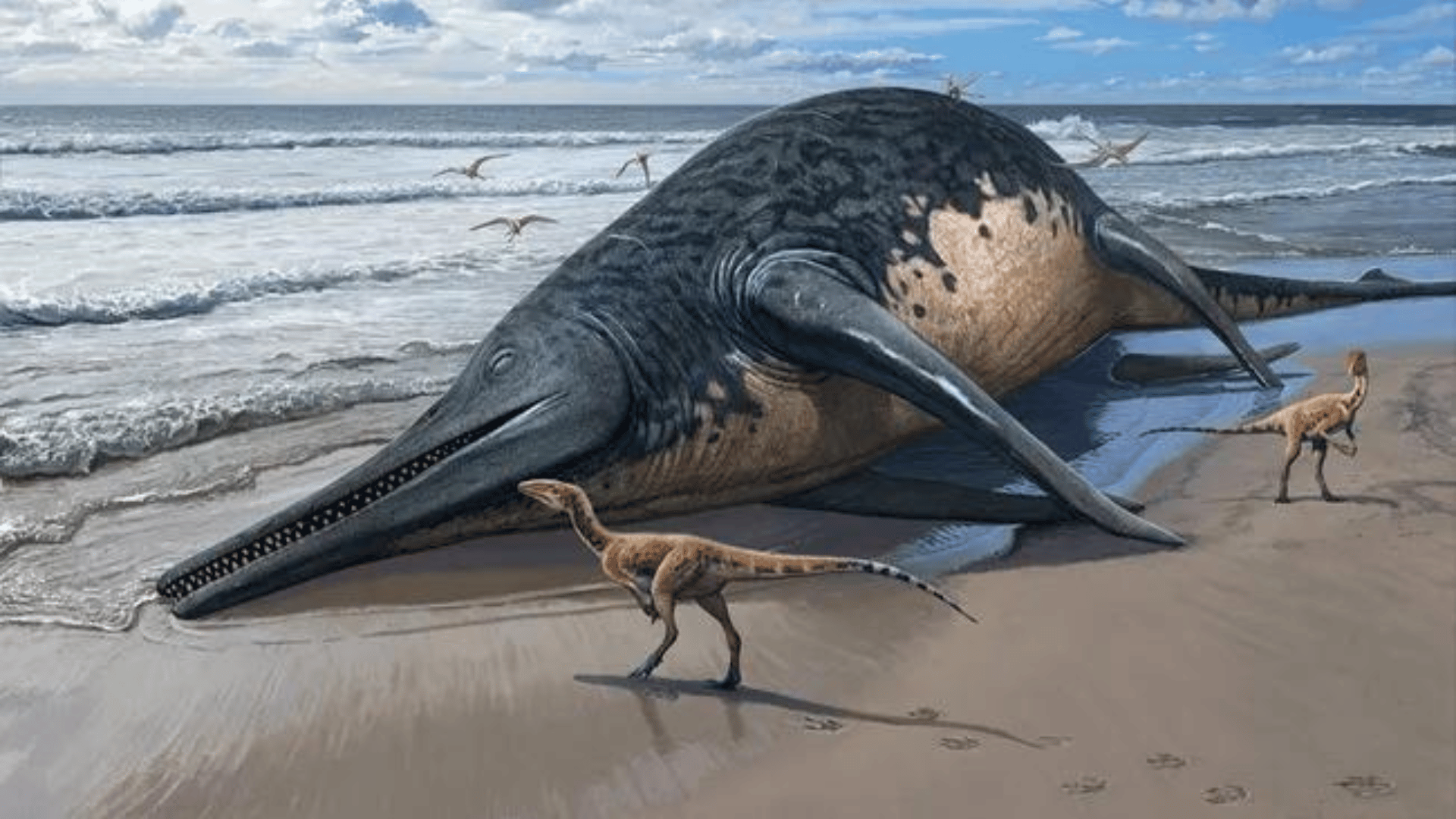Scientists are studying sperm whales that live around the Caribbean island of Dominica. For the first time, the scientists describe how these whales might be talking to each other. They hope that one day their research efforts could help protect them.
How Sperm Whales Communicate 
Just like other mammals in the ocean, sperm whales are highly social. Instead of talking, they squeeze air through their respiratory system, creating strings of rapid clicks. The clicks are how they communicate and a form of echolocation to help them track their prey. For decades scientists have tried to understand what those clicks mean. There has been little progress in these efforts. While the scientists still don’t know, they believe there are sets of clicks that make up a “phonetic alphabet.” They believe this can be a rough equivalent of what we believe as words and phrases.
David Gruber is the founder and president of the Cetacean Translation Initiative or CETI. This is an effort devoted to translating the communication of sperm whales. Gruber said, “We’re now starting to find the first building blocks of whale language.”
Explore Tomorrow's World from your inbox
Get the latest science, technology, and sustainability content delivered to your inbox.
I understand that by providing my email address, I agree to receive emails from Tomorrow's World Today. I understand that I may opt out of receiving such communications at any time.
Decoding Sperm Whale Sounds
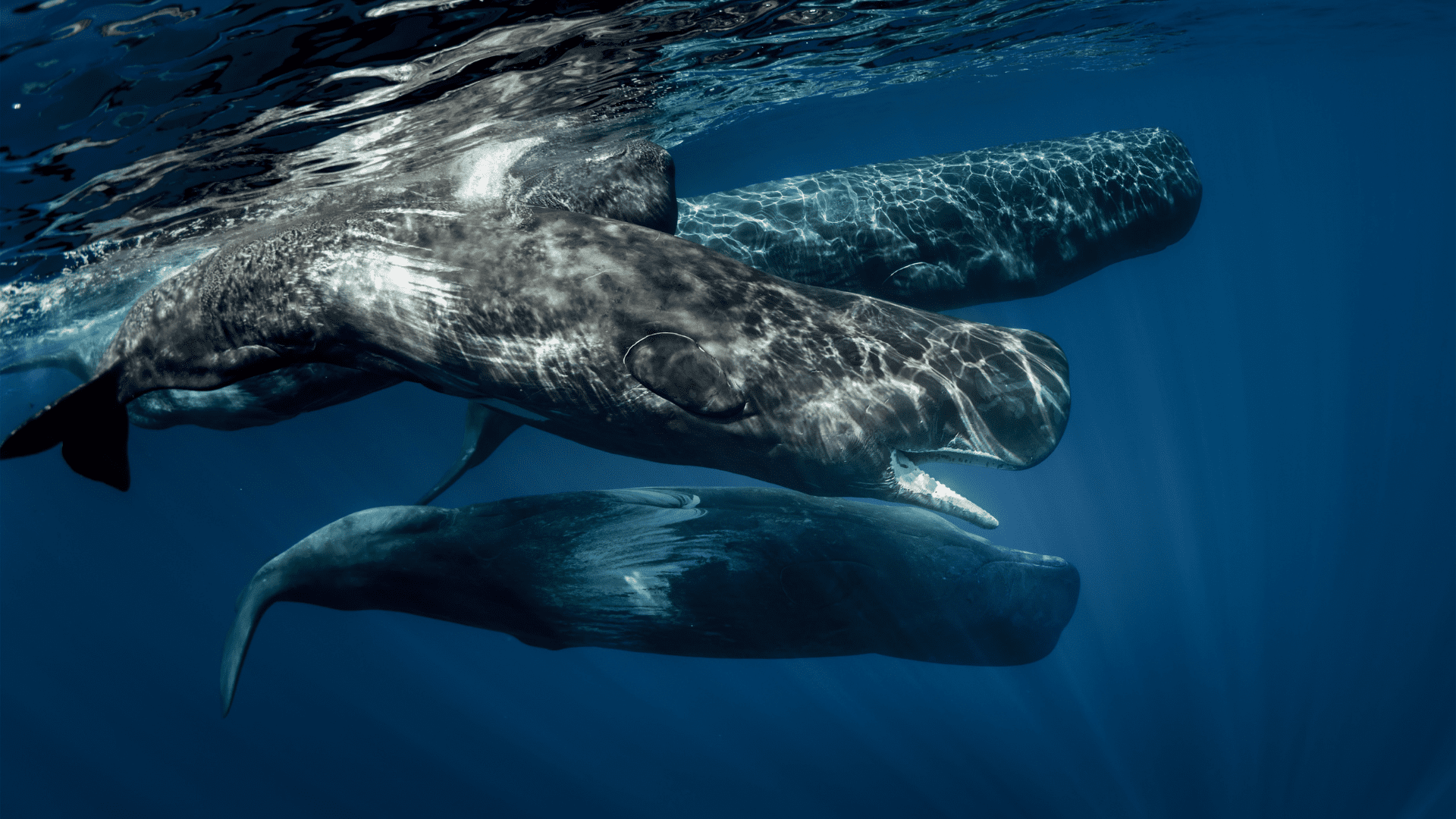
In a study published on May 7 in Nature Communications, researchers studied 8,700 codas. Codas are snippets of rapid sperm whale clicks. A coda consists of between three and 40 clicks. According to the researchers, they found four basic components that could make up a phonetic alphabet.
Pratyusha Sharma is the paper’s lead researcher. She said, whales could use this alphabet in an unlimited number of combinations. Sharma said, “It doesn’t appear that they have a fixed set of codas.” She explains that it seems like the whales have a very large dictionary. “That gives the whales access to a much larger communication system,” said Sharma, an artificial intelligence and computer science expert at MIT.
In Dominica, where the study took place, there is a resident population of about 200 sperm whales. To get enough samples for their research, they set up an underwater recording studio with microphones at different depths. Tags on the whales record their position when a click is made. For example, this could be when diving, sleeping, or breathing at the surface. In addition, it records whether there are other whales in the area they may be communicating with.
Gruber, who is also a biology professor at the City University of New York, explains how sophisticated a whale’s social ties are. If they decipher them, it could reveal parallels to human language.
Understanding for Conservation
Jeremy Goldbogen is an associate professor of oceans at Stanford University. He is not involved with the study; however, he believes the new research has “vast implications for how we understand ocean giants.” He said if we can figure out what the whales are saying, it should be used for conservation. For example, it could minimize their risk of being hit by a ship or reducing ocean noise levels.
The International Union for Conservation of Nature classifies the ocean giants as “vulnerable.” For centuries, hunters preyed on the whales for the oil inside their heads. They say the species is still recovering.
Gruber explained that millions, if not billions, of whale codas would be needed to have enough data to understand what sperm whales are saying. But, he expects artificial intelligence to one day help them reach their goal.



